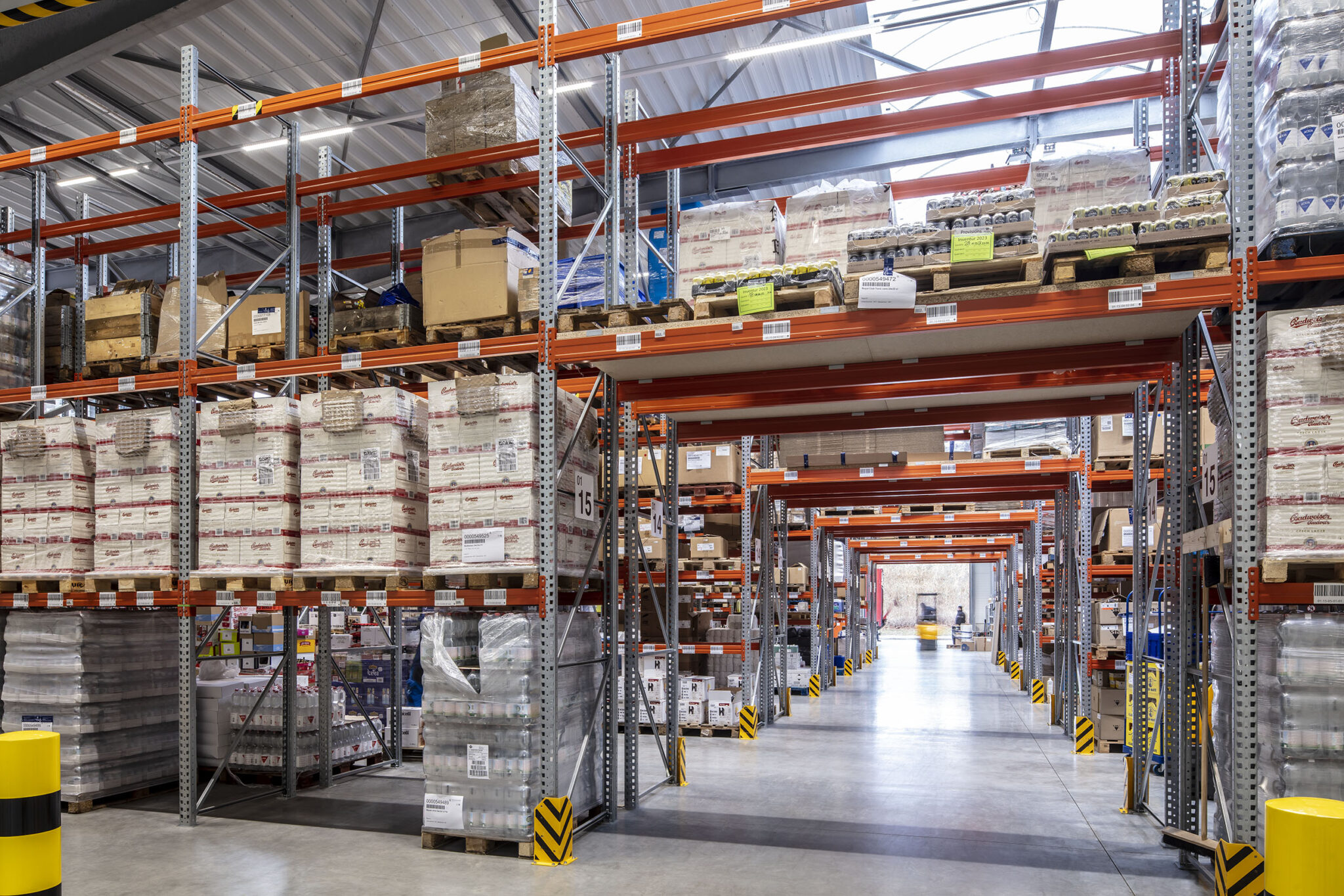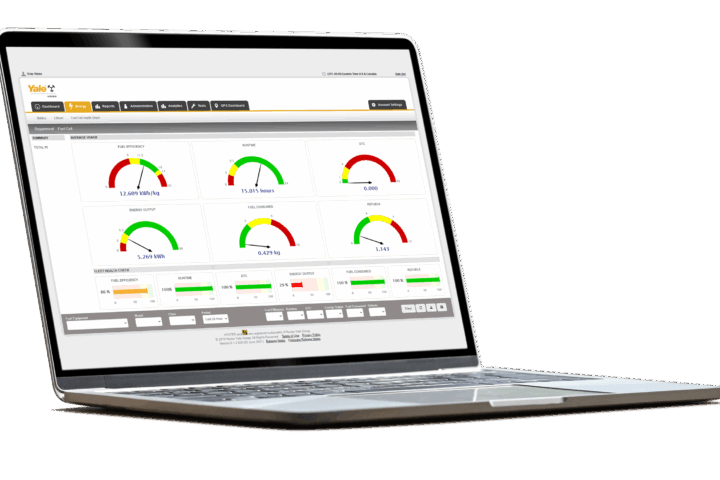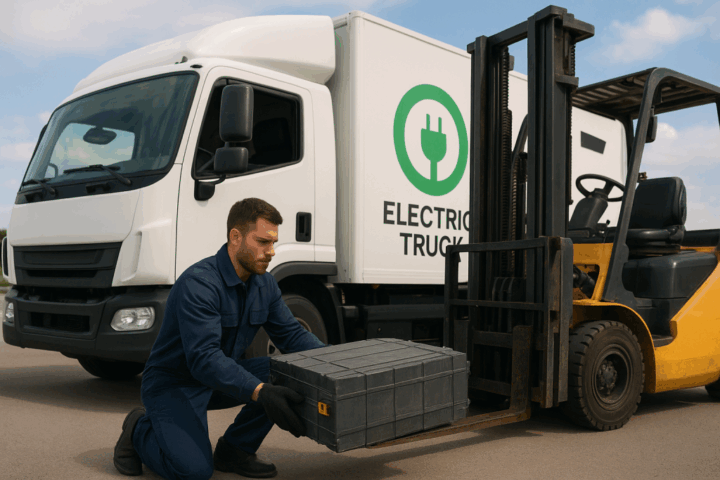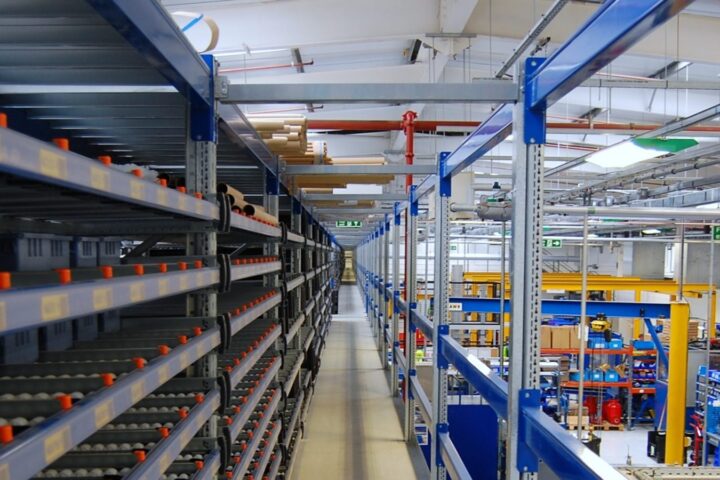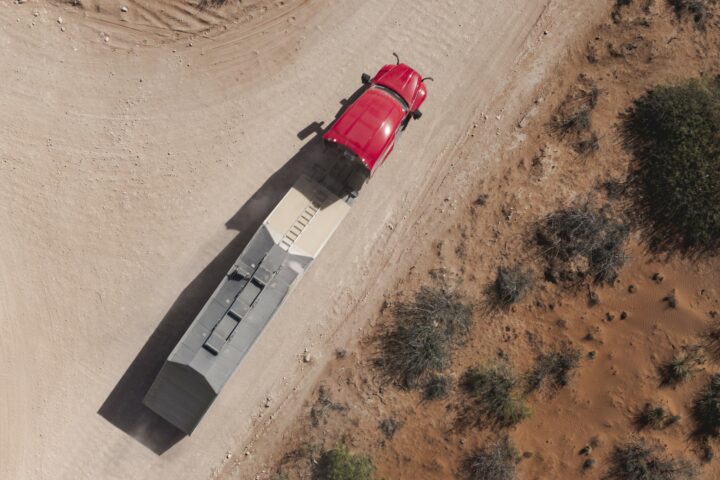What exactly does Extended Producer Responsibility entail, and how should logistics businesses respond? Carrie Tallett (pictured below), Senior Product Manager of Forterro’s Orderwise, unpacks some of the practical realities of EPR and explains why ERP solutions will be key to addressing EPR.
Acronyms in business and technology can be hugely confusing. This is even truer when two acronyms are anagrams of each other, and when one is the solution to the other. That’s what has happened as the UK government’s Extended Producer Responsibility (EPR) regulations come into force. Logistics, warehousing, and supply chain professionals face a fresh compliance challenge that extends far beyond recycling and packaging, and to which the answer could well be the right Enterprise Resource Planning (ERP) tools.
EPR aims to shift the financial and environmental burden of packaging waste away from local authorities and onto the businesses that produce, import or supply packaging. It’s a principle that’s been long established in the EU and elsewhere, but for UK businesses, it represents a major shift in accountability, reporting and operational processes.
Lowdown on EPR
EPR is essentially about environmental stewardship. It encourages businesses to consider the full lifecycle of the packaging they use, not just how it’s disposed of, but how it’s sourced, distributed and recycled or reused.


Carrie Tallett, Forterro
The environmental impact of packaging, especially plastics and cardboard, has become too significant to bury one’s head in the sand and hope the issue goes away. EPR is about corporate social responsibility, traceability, and being able to account for packaging throughout the supply chain. It forces organisations to take ownership of the packaging they introduce into the economy.
This means understanding not just what packaging is used, but how much, where it comes from, and whether it meets sustainability criteria. For many businesses, especially those dealing with complex or high-volume logistics, that demands a new level of data granularity and reporting discipline that hadn’t previously been required.
The Midmarket Challenge
Large enterprises often have the technology and expertise to manage regulatory changes, but for SMEs and midmarket firms, EPR is a different proposition. Many of those smaller businesses simply don’t have the systems in place to track this kind of data. Manual spreadsheets and paper-based records are both still commonplace and the idea of mapping packaging use across an entire supply chain is overwhelming for them.
While micro-businesses are currently out of scope, small and medium enterprises must register with the appropriate compliance schemes and submit packaging data. For SMEs without ERP systems or established tracking mechanisms, this means either investing in new software or attempting to cobble together reports from disparate sources, such as delivery notes, purchase orders or invoices. This is time-consuming and simply not practical.
This is where the cost really starts to bite. EPR compliance isn’t just about paying registration fees – around £200 for small organisations, up to £1,500 for large ones – rather, it’s about dedicating time, resources, and sometimes consultants to set up entirely new reporting functions. It’s not just the purely financial cost, it’s the operational burden. And there hasn’t been nearly enough government guidance for smaller organisations, who are the companies that would most benefit from that guidance.
ERP – a Compliance Enabler
For organisations that do have ERP software in place, EPR doesn’t have to be nearly so demanding. The ideal is an ERP solution that’s transactional in nature, so an item can be tracked from the moment it enters the organisation, when it was booked in, who booked it, the supplier, batch and serial numbers, and packaging details – every piece of required information is there. This kind of traceability is essential for EPR compliance. It enables businesses to map packaging data accurately, submit required reports, and track their environmental impact over time.
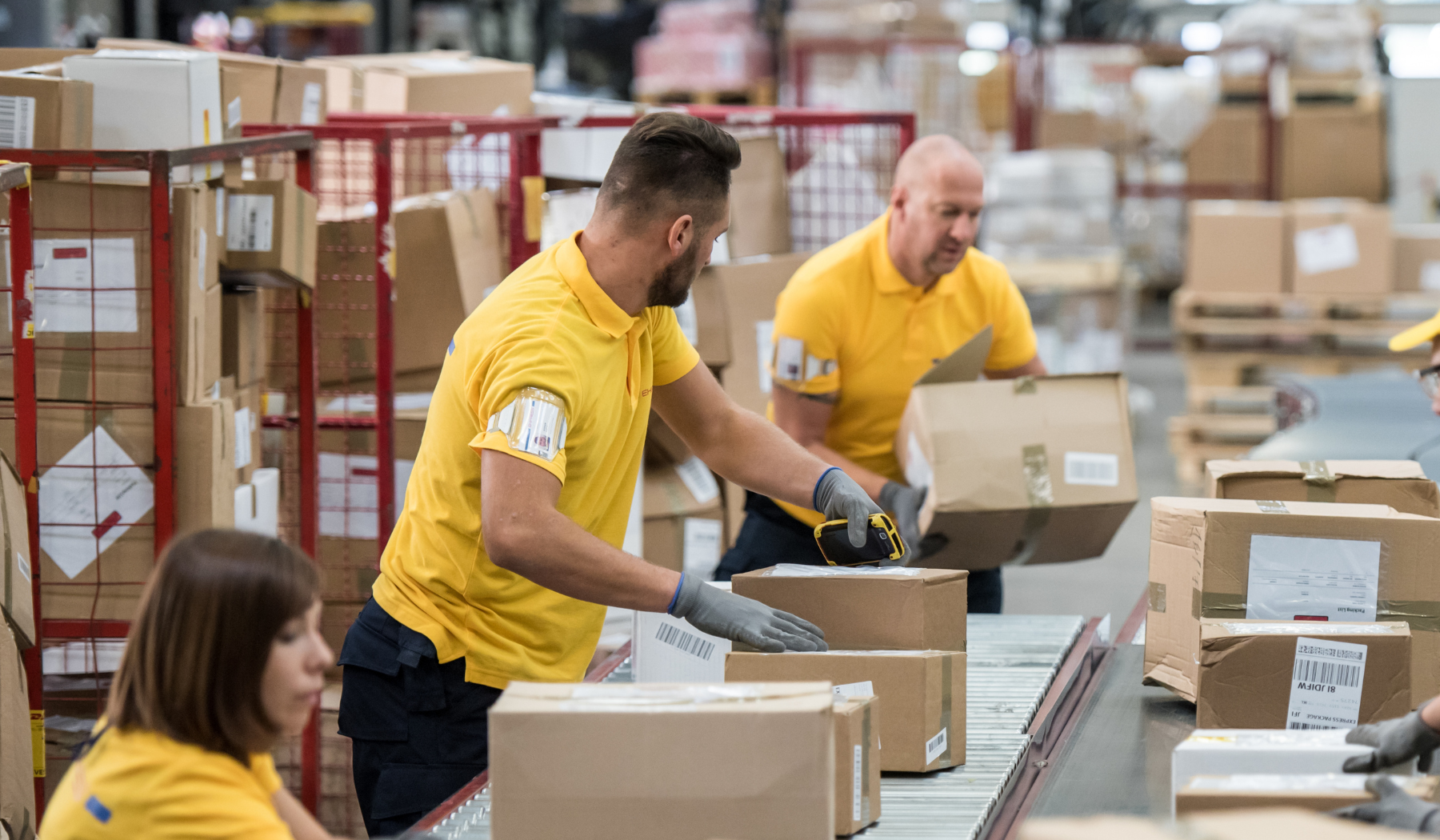

Even more critically, ERP platforms allow companies to maintain data integrity at scale. Businesses can perform a ‘data health check’ to identify any gaps, then use import and edit tools to quickly bulk update product or supplier records. It’s really about mapping current data to the government’s reporting templates. If there’s a column in the EPR file that you don’t currently capture, you can easily edit that data, import it, and be compliant without needing an overhaul.
Cost Tracking and Price Adjustments
Another strength of ERP software in the context of EPR is cost visibility. As EPR becomes embedded, packaging suppliers will be looking to pass on their own compliance costs. ERP enables you to distribute those costs across your order lines and get a clear view of how it’s impacting your margins. That granular view matters. It allows businesses to make informed decisions about product pricing, rather than blanket price increases. If one product line sees only a 1% rise in packaging costs, but another sees a 5% jump, those adjustments can be made strategically, ensuring competitiveness while protecting margins. It’s about building resilience as much as compliance. If you can’t see how costs are changing at a transactional level, you can’t adapt quickly or confidently, and ERP gives you the insight to make such decisions.
EPR, DPP, and what’s next?
EPR also ties into broader trends in traceability and sustainability, in particular the emergence of digital product passports (DPPs), which are expected to become mandatory for certain products under upcoming EU regulations. EPR and DPP share a reliance on smart, effective traceability and you’re effectively tracking the same journey. The item that needs a digital passport will come in a box that’s EPR-applicable. It’s two sides of the same traceability story.
Looking ahead, it’s likely that EPR will likely extend further. While micro-businesses are currently exempt, that may not last. Similarly, suppliers who aren’t currently certified or EPR-compliant may face mounting pressure to adapt. It makes sense for businesses to partner with compliant suppliers now. It’s all about reducing risk and ensuring that compliance starts before packaging even enters the warehouse.
Lessons from PPT
EPR isn’t the UK’s first packaging-related legislation. The Plastic Packaging Tax (PPT), introduced in 2022, served as something of a warm up to EPR. It encouraged the use of recycled and sustainable materials, and many businesses shifted accordingly. While there’s not a direct link between PPT and EPR, the government saw the success of PPT in driving behavioural change and EPR feels like a natural continuation. And with sustainability front of mind for regulators, consumers and investors alike, there’s little doubt that more regulations are coming. Those who prepare early will not only avoid penalties but they may also gain a competitive edge.
For logistics and supply chain professionals, EPR is another reminder that data is king. Whether it’s compliance, cost management or customer satisfaction, having the right systems in place is no longer optional, it’s essential. EPR is just the latest example of how digital infrastructure underpins business resilience. Logistics businesses should see this not just as a regulatory hurdle, but as an opportunity to streamline processes, improve supplier relationships, and position themselves for a greener, more transparent future. ERP supports economic shifts like these for organisations all around the world. That’s why we need to think of ERP not as Enterprise Resource Planning, but Everyone’s Resource Planning.
similar news

